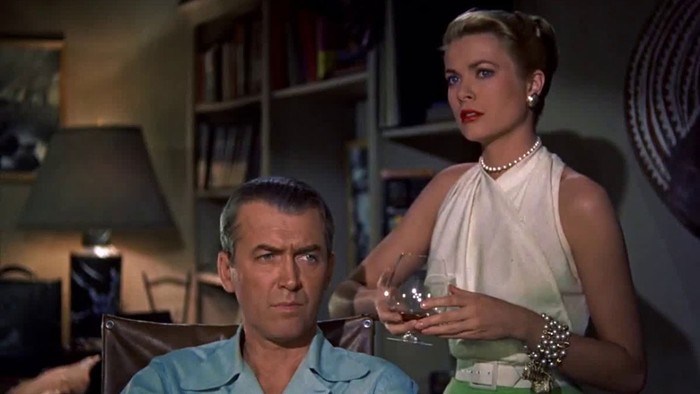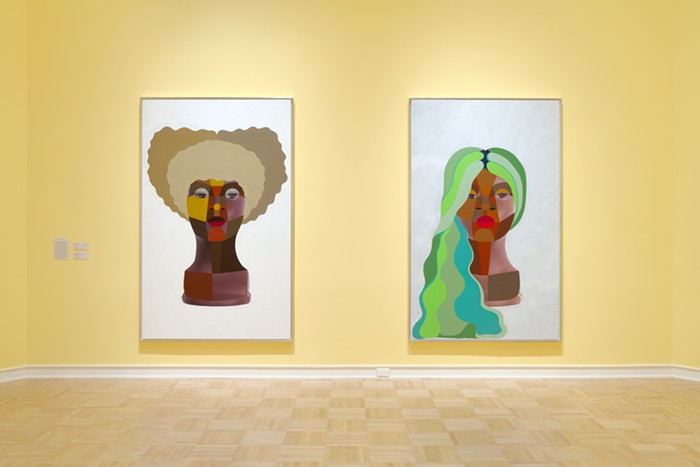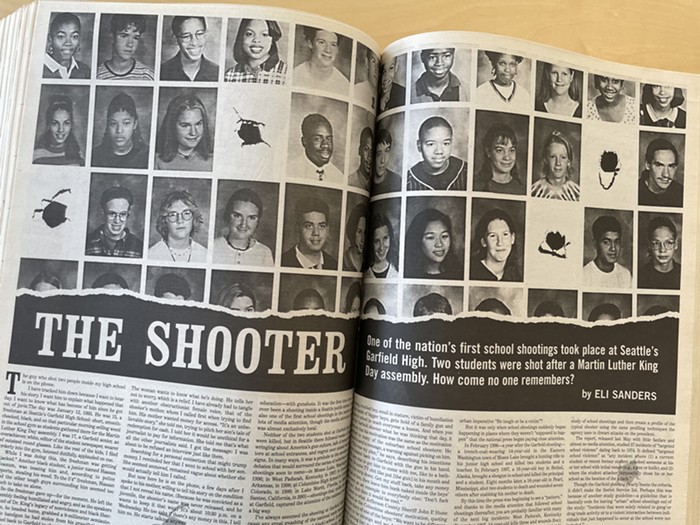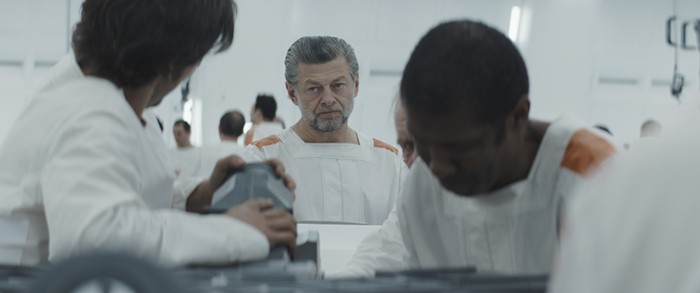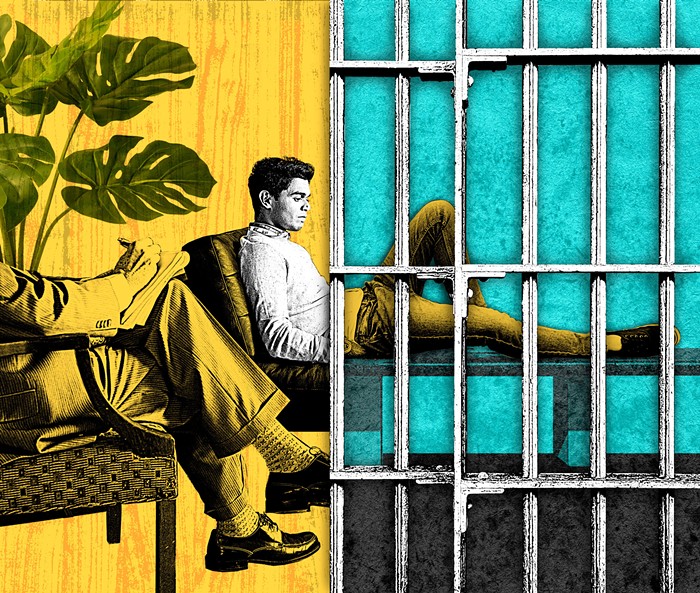In the ballet dream sequence in Singin' in the Rain, two of America's best dancers at the time, Cyd Charisse and Gene Kelly, romance each other on a set that looks like a Georgia O'Keeffe work. It is painted in a way that makes it seem endless, like a desert horizon. Everything—the earth, the sky, the landscape—is in lavenders and blushing pinks.
Kelly wears sleek black. Charisse wears all white. She is trailed by an enormous cape that is nearly as long as the stage. Massive off-screen fans whip the cape so it billows behind Charisse for what feels like miles. It is a simple but jaw-dropping trick. The whiteness of the sheet seems to scorch the scenery.
The ballet is less than three minutes long, and it demonstrates the full potential of a piece of fabric. Emotionally, the cape expresses everything that's between Kelly and Charisse's characters (longing, attraction, hesitancy). Technically, it functions as a part of the scenery (the wind, the expansiveness) and as a prop (a blanket around Charisse while Kelly holds her). It is also, literally, just a cape.
"I personally can't think of that film without immediately visualizing Cyd Charisse's long billowing gown," said Nick Bruno, SIFF's public cinema programs manager. It's a garment that sticks with you. "In my opinion," Bruno continued, "Singin' in the Rain is perhaps the most rococo Hollywood musical of the classic age."
The film, with costumes designed by Walter Plunkett, is set in the 1920s, but it uses the color palette of the 1950s, when it was made. The result is delightfully garish and ornate: flappers in clown-car-yellow gowns, or eggplant purple, or lime green. Perfect for a Technicolor big screen.
Singin' in the Rain is the first film in SIFF's upcoming summer series Dressed to the Nines: Cinema Style. The six-week-long showcase of fashion and costuming at the height of Old Hollywood's studio system continues with Mildred Pierce (1945), 42nd Street (1933), Gilda (1946), The Women (1939), and Rear Window (1954).
The series was thought up by Rosemarie and Vince Keenan, a married couple who write novels together under the pen name Renee Patrick. Their novels are set in Old Hollywood and based around the famed costume designer Edith Head. The Keenans have been involved with SIFF's Noir City film festival since it began in 2007. "We couldn't help noticing how interested those audiences were in the style of noir, not only the overall look of the film but the clothes themselves," the Keenans said over e-mail.
Edith Head designed the clothes for Alfred Hitchcock's Rear Window. In the film, Grace Kelly stars as James Stewart's love interest, but he's hardly interested in her. He spends all his time spying on his neighbors, while Kelly attempts to attract Stewart's eye by appearing in ridiculously fancy gowns. The Keenans' focus on Head, as opposed to Hitchcock, is important.
"While auteur theory has certainly served its purpose in building a taxonomy of the cinema, its stranglehold on how we discuss films relative to one another has its limits, in my opinion," said Bruno, referring to the theory that a film's director is the sole "author" of a film. "What I really appreciated about Rosemarie and Vince's idea was that it chose to ignore film directors in its arrangement and chose instead to focus on an entirely different technician of sorts"—the costume designer.
"Costume design is essential to telling the story of the film, using clothing to reveal character," the Keenans told me. "Edith Head always said she didn't dress actors, she dressed characters."
Besides Head, the series highlights the work of other noted costume designers in the Old Hollywood studio system, including Adrian Greenburg (known simply as Adrian) and Walter Plunkett. "We wanted films from the heyday of the costume designer," the Keenans said, "and that meant focusing on the height of the studio system."
The studio system, which gave companies like Paramount Pictures and Warner Bros. complete control over films and the creatives who worked on them, had many negative consequences, like the practice of "block booking," where studios would force movie theaters to buy films in sets. This created a glut of average films. "The million-dollar mediocrity was the very backbone of Hollywood," wrote Life magazine in 1957. Antitrust lawsuits against the studios, and ultimately a historic Supreme Court ruling, marked the beginning of the studio system's downfall.
But many things flourished under the studio system—specifically, costuming.
In the iconic black-and-white noir Gilda, femme fatale Rita Hayworth is frequently decked out in dazzling costume jewelry, provided by Joseff of Hollywood. The jewels work to disrupt the dark lighting, elevating Hayworth to something of an otherworldly diva. This trick is also used in the other noir in this series, Mildred Pierce, where Joan Crawford wears some of the shiniest brooches ever created. A similar and even more effective trick is used in The Women, when a radical Technicolor fashion sequence comes right in the middle of an otherwise black-and-white film.
"What Adrian accomplishes in The Women is a high achievement," the Keenans said. "He's dressing a powerhouse cast of actresses for a whole range of scenes—daytime, evening, even workout clothes and western wear. And to top that, there's an eye-popping, jaw-dropping Technicolor fashion show dropped into the middle of the black-and-white movie like some kind of alien artifact. That sequence amazes us to this day."
